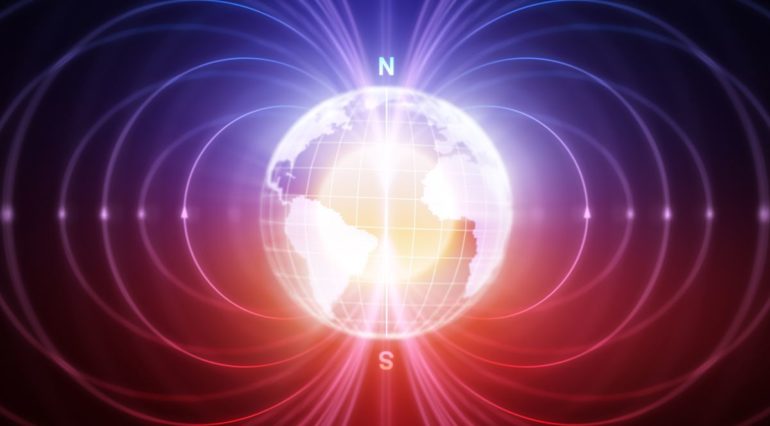This article was originally published at The Conversation. The publication contributed the article to Space.com’s Expert Voices: Op-Ed & Insights.
Christopher Davies, Associate professor, University of Leeds
The Earth’s magnetic field, generated 3,000km below our feet in the liquid iron core, is crucially important to life on our planet. It extends out into space, wrapping us in an electromagnetic blanket that shields the atmosphere and satellites from solar radiation.
Yet the magnetic field is constantly changing in both its strength and direction and has undergone some dramatic shifts in the past. This includes enigmatic reversals of the magnetic poles, with the south pole becoming the north pole and vice versa.
A long-standing question has been how fast the field can change. Our new study, published in Nature Communications, has uncovered some answers.
Rapid changes of the magnetic field are of great interest because they represent the most extreme behavior of the ocean of molten iron in the liquid core. By tying the observed changes to core processes, we can learn important information about an otherwise inaccessible region of our planet.
Read more: Why the Earth’s magnetic poles could be about to swap places – and how it would affect us
Historically, the fastest changes in Earth’s magnetic field have been associated with reversals, which occur at irregular intervals a few times every million years. But we discovered field changes that are much faster and more recent than any of the data associated with actual reversals.
Nowadays satellites help monitor changes in the field in both space and time,…



